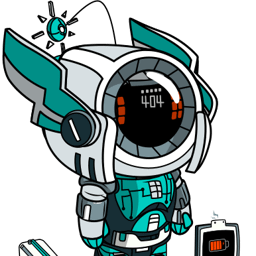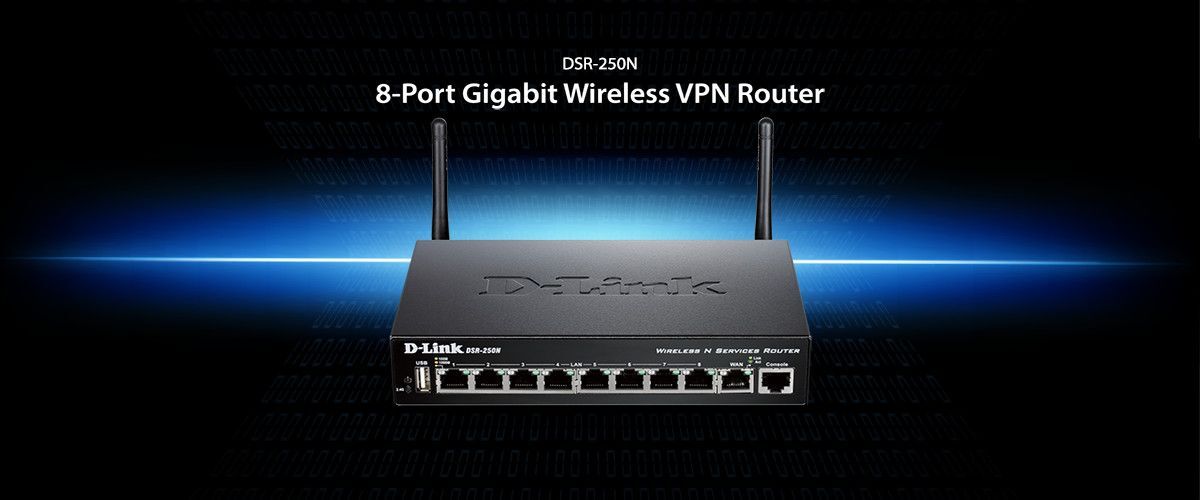Okay so the 2015 EOL ones, yeah I can understand telling the customer to update their shit. They shouldn’t have to support nearly 10 year out of date stuff.
May 2024 EOL ones? Bruh. C’mon now.
A bunch of juvenile D-Linkuents. Get it? D-Link? Nevermind…
Perfect time for users to buy something that isn’t D-Link then innit.
Long ago, D-Link was good but then they sold the company. Just like Alienware, Farbreware, Oaklies, etc.
Oakley, like the sunglasses company? What happened to them?
Luxottica. I’ve visited their HQ in soCal, people aren’t having fun and coming up with wacky designs anymore.
The DSR-150 is still being sold on Amazon under the D-Link store. Why the hell would you end of life something you still sell.
Don’t want to get lumbered with a bunch of old stock now, do you?
Technically most if not all Amazon sellers are third party who sell to the warehouse and then it sits there until its listing contract expires.
Thats why Rode Microphone refuses to sell on Amazon.
Then recall all the end of life stock.
I mean this is pretty standard in all industries regardless of whether it’s a software flaw or a physical flaw in any other kind of product. What’s the likelihood of a vacuum manufacturer replacing a part in a 15 year old product that had a 1 year warrantee even if it’s a safety issue? Sure the delivery and installation is cheaper with software, but the engineering and development isn’t, especially if the environment for building it has to be recreated.
What you’re saying is perfectly reasonable, but also doesn’t apply here because they’re still selling this router new on the D-link Amazon store.
If you’re going to stop supporting a product, you should also stop selling it.
As far as I can tell, those aren’t from authorized resellers or even from Amazon itself which they might have some ability to stop selling them. These are just people who are using amazon marketplace to sell off old stock like any other product. D-link hasn’t sold them for a while. But I could be wrong, I just haven’t seen any evidence that they are selling them. If Bissel had a vacuum that had a faulty gear that would break after a few years of use and they stopped making them, that wouldn’t stop someone from buying them up from Walmart or other store warehouses that no longer sold them and listing them for sale on Amazon or Walmart or whatever marketplace. That’s very common.
Some of them are being sold on the official D-link store on Amazon.
This is a misunderstanding of how Amazon works. There’s a difference from them showing up as products on their “store” and them actually selling them.
Anything that was a product of that company will show if you go to their store and search for it. But if you look at the options for actually buying them you’ll see that they are being sold by third parties.
For example, if you go to this link https://a.co/d/eFXaSFJ for the DSR-150 you’ll see that there are only 3 sellers. The new is shipped and sold by HOLLITRONIC and the others are used and shipped and sold by other sellers. None of the products on the list, as far as I could find, were being sold by D-link or Amazon itself. D-link has no control over the Amazon marketplace and honesty Amazon doesn’t do much to control it even.
I work for a manufacturer with part catalogues going back to 1921, and while the telegraph codes no longer work, you could absolutely still order up a given part, or request from us the engineering diagram for it to aid in fabricating a replacement. You can also request service manuals, wiring diagrams, etc. Don’t all half-decent manufacturers do this?
Been there done that. Got the tee shirt.
While good support to customers is very valuable, trying to support a product that is decades old and shares nothing in common with current products is a plain waste of time energy and money.
It would require someone to search out all the documentation needed to make that one part, then you need to figure out the correct process to make said part, determine if you have material on hand or need to special order something, then try to find that one old jig/fixture needed amongst a building full of 100’s of such items for the right one. Then you need to be sure that the the complete fixture is there and nothing is worn out beyond use. Then you need to make time to insert this one-off semi-custom part into the manufacturing process.
By the time you do all this, that one 20 year old obsolete part will have perhaps cost you thousands of dollars and you still haven’t made the first piece of swarf. Imagine the shock and surprise that customer would have when they get the bill that accurately reflects the true cost.
Oh, I’ve seen or rather heard the gasps of surprise you speak of, my friend. I remember about ten years ago getting a request to source a specific part out to Nunavut, in the Canadian Arctic. It was would have been pricier than just getting a whole new unit, for their purposes. We did provide them with the engineering drawings so that they could get a local shop to machine the parts, but I don’t know if they ever went that route.
That’s assuming you’re looking for a replacement part. This is redesigning the product to work differently to fix a flaw. Like if you made a vacuum company use a different gear because the existing one was too fragile. That’s likely not something you can just swap out. First you need an engineer to decide what kind of gear and redesign everything around it to make the gear fit properly as well as creating a way for it to be easily installed by the end user or their repair service. You’re ultimately changing the functionality of the original product. Yes it’s flawed functionality, but there are tons of flawed products out there.
Oh, most products and components go through multiple revisions to account for either flaws in the original design or to comply with local laws (for example, health and safety requirements that did not exist at time of original design). I believe it’s imperative for every business to keep on top of these things…but perhaps I’m a bit naive.
Sure, but then those new revisions that are currently being sold are what get updated. That’s perfectly reasonable. We don’t require physical products to go back and fix the old stuff they are no longer selling. If we said that a vacuum manufacturer has to go back and fix their old products for safety flaws to comply with modern standards, what about a company that has been around for 100 years? Do they have to go back and design and manufacture modern technology into those products that didn’t exist when they were made? What if only one person in the whole world is actually using that product anymore? How long do they need to continue to revise the product?
Don’t all half-decent manufacturers do this?
No. That is phenomenally uncommon. To the point it’s almost unheard of.
Now I wish you’d tell us what the company is so if I ever need anything in that industry, I’d know where to buy from.
I wish I could be more specific, truly, but I would be putting myself at serious risk of doxxing myself, and I’ve made fun of a lot of bad people across Lemmy (and Reddit, once upon a time) that I would be putting myself and others at risk of retribution.
Our shit sucks. Buy more lol
Welp never buying anything D-Link ever again
I had a couple of dlink gigabit desktop switches. Two failed so far, one has taken down the whole network, not just devices directly connected to it, and the other one fried 2 router ports when it died. I learned my lessons about buying crappy network hardware.
Edit: that happened within a few months, so these switches also have a very clear EOL.
Because they won’t support routers that were EOL a decade ago?
Most reached EOL in may of this year.
EOL is still EOL
Companies should be forced to release all source code for products that are “EOL”. I will never change my mind on this.
Especially for stuff like medical implants
Because that bug was so egregious, it demonstrates a rare level of incompetence.
Why do they say they’re prohibited to provide support? That a bad translation?
Is DDWRT still a thing?
No mercy from Low Level.
Commodity hardware & open source software for the win.
When my Western Digital NAS was never going to get critical security patches, I was so freaking glad to find out that they just used software raid… I threw the HDDs in a Debian server and never looked back.
It’s certainly nice to have things that are turn-key, but if you can find your way around any OS, just avoid proprietary everything.
Same website (granted, different author, but), same inflammatory language, same vendor, referencing previous erroneous article…I’m not even gonna read this one. Just going to copy/paste my previous response from the previous post:
At a certain point it’s the consumer’s (and blog writer’s) fault, and that’s after EoL. Not patching a supported one and just getting rid of support, saying buy a newer one? Yeah, that’s bad.
Continuing to not support an EoL model that you already don’t support due to EoL (or even dropping support for an EoL model that no one expected you to support in the first place due to EoL)? Non-issue.








